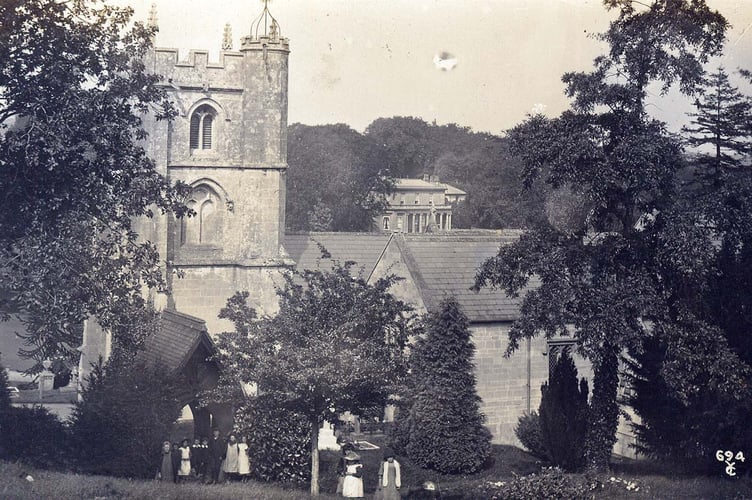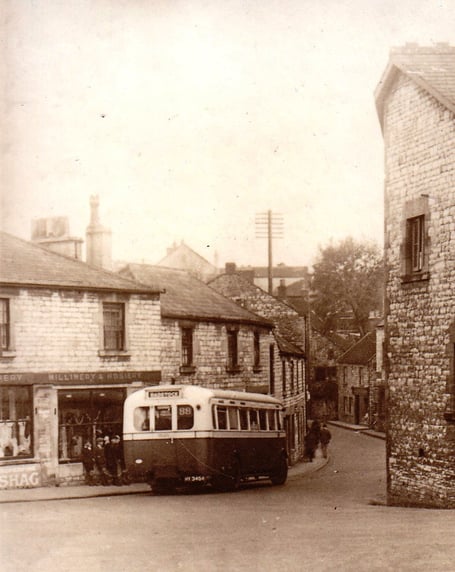CAN you guess where this week’s Mystery Photograph was taken?
Each week, the Journal invites readers to test their local knowledge by identifying a historic location from days gone by.
Last week's Mystery Photograph was taken in Camerton!

Camerton is a village and civil parish located approximately six miles southwest of Bath. Situated in the Cam Valley and crossed by the Cam Brook, the surrounding area includes farmland, woodland, and former industrial sites. The parish has a population of around 655.
Historically, Camerton was closely associated with coal mining, with several collieries operating during the 19th and early 20th centuries. Camerton New Colliery and Camerton Old Colliery were the main sites, with the New Pit continuing until nationalisation and closing around 1950.
At its peak, it produced up to 77,000 tons of coal in 1903. Spoil heaps from the mining industry, known locally as "batches," remain prominent landscape features. One of these, in the centre of the village, is known as Camerton Batch (or Camerton Old Batch) and was designated a Local Nature Reserve in 1997. A branch railway line once served the village but closed in the mid-20th century.
The area also contains significant archaeological remains, including evidence of Iron Age, Roman, and Anglo-Saxon occupation. These include a Roman settlement and an Iron Age hillfort near Tunley, now recognised as a Scheduled Ancient Monument. Historically, the parish fell within the ancient Wellow Hundred.
St Peter’s Church in Camerton dates from the 15th century, with a north chapel added in 1638 and major restoration carried out in 1891. The Grade I listed building features a nave, chancel, and family chapel, and contains several notable monuments and memorials, including a recumbent effigy of Sir Thomas Curwen, dating from 1510.
From 1800 to 1839, the vicar was the antiquarian Reverend John Skinner, whose diaries, preserved in the British Library, document his archaeological explorations. He died by suicide and may have been buried in the church’s consecrated ground.





Comments
This article has no comments yet. Be the first to leave a comment.